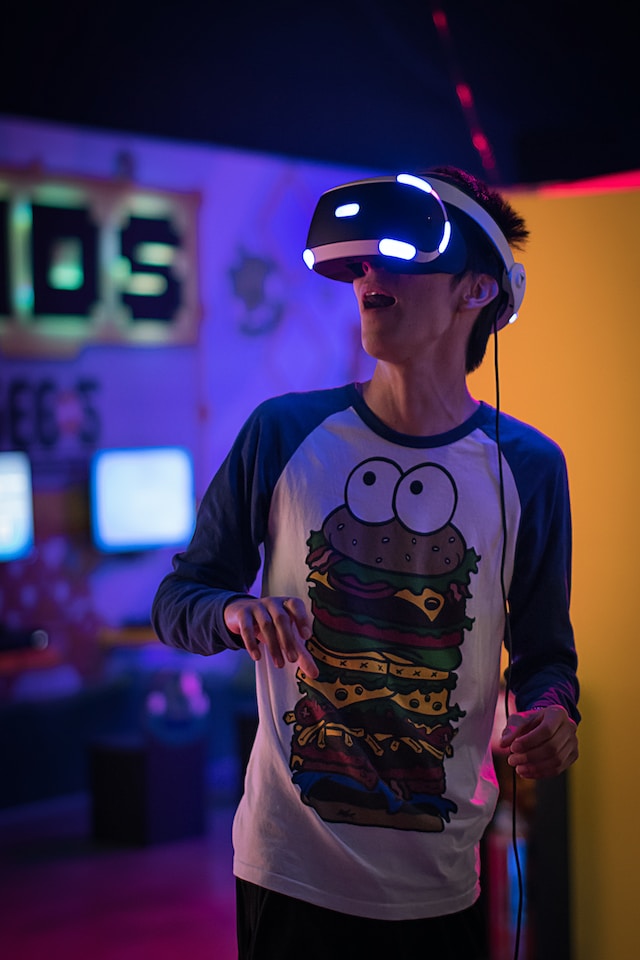The Impact of 3D Graphics in Advertising and Entertainment

In the ever-evolving world of advertising and entertainment, the utilization of 3D graphics has become a game-changer. From eye-catching advertisements to immersive cinematic experiences, 3D graphics are shaping the way we consume content. In this blog post, we will delve into the world of 3D graphics, exploring the technologies behind them, their applications, and how they significantly enhance the user experience in these industries.
The Technologies Behind 3D Graphics
To understand the impact of 3D graphics, it’s essential to first grasp the technologies that power them:
Computer Graphics: 3D graphics rely on computer-generated imagery (CGI), which involves creating and manipulating visual elements in a digital environment.
3D Modeling: Artists and designers use specialized software to create 3D models of objects, characters, and environments. These models serve as the foundation for 3D graphics.
Rendering: Rendering is the process of converting 3D models into 2D images or animations. Advanced rendering techniques, such as ray tracing, enhance realism by simulating the behaviour of light in a scene.
Hardware Acceleration: Graphics processing units (GPUs) play a crucial role in accelerating 3D graphics. High-performance GPUs enable real-time rendering and complex simulations.
Applications in Advertising
3D graphics have transformed the advertising industry in various ways:
Product Visualization: 3D graphics allow advertisers to showcase products from every angle, highlighting features and details that may be hard to capture in traditional 2D media.
Interactive Ads: Interactive 3D ads engage viewers by allowing them to explore products or environments in real time, creating a more immersive and memorable experience.
Augmented Reality (AR): AR ads superimpose 3D objects or information onto the real world through smartphone apps, enriching the user’s environment with interactive content.
Virtual Try-On: In fashion and beauty, 3D graphics enable customers to virtually try on clothing, makeup, and accessories, providing a more personalized shopping experience.
Applications in Entertainment
In the entertainment industry, 3D graphics have become a cornerstone of immersive experiences:
Movies and Animation: 3D graphics have revolutionized filmmaking and animation. Blockbuster movies like “Avatar” and animated films like “Frozen” showcase the incredible visual depth and realism that 3D graphics can achieve.
Video Games: The gaming industry heavily relies on 3D graphics to create realistic and immersive virtual worlds. High-quality 3D graphics enhance gameplay, making it more engaging and visually stunning.
Virtual Reality (VR): VR experiences are powered by 3D graphics, creating lifelike environments that users can explore. VR gaming, training simulations, and virtual tours are just a few examples.
Architectural Visualization: Architects and designers use 3D graphics to create realistic architectural renderings and walkthroughs, allowing clients to visualize projects before construction begins.
Enhancing the User Experience
The use of 3D graphics significantly enhances the user experience in advertising and entertainment:
Visual Realism: 3D graphics provide a level of visual realism that was previously unattainable, immersing users in lifelike environments and scenarios.
Interactivity: Interactive 3D content in advertisements and entertainment engages users on a deeper level, fostering a sense of participation and exploration.
Personalization: 3D graphics enable personalization, allowing users to tailor their experiences by interacting with virtual objects or environments.
Emotional Engagement: Compelling 3D visuals evoke emotions and create memorable experiences, making users more likely to connect with brands or become immersed in entertainment content.

Educational Value: In the entertainment industry, 3D graphics are used for educational purposes, offering immersive learning experiences in fields like science, history, and art.
Conclusion
The impact of 3D graphics on advertising and entertainment cannot be overstated. These technologies have redefined how products are marketed and how stories are told. With their ability to create visually stunning and interactive experiences, 3D graphics have elevated user engagement, realism, and emotional connection in both industries. As technology continues to advance, we can expect even more breathtaking and immersive 3D experiences in the future.

